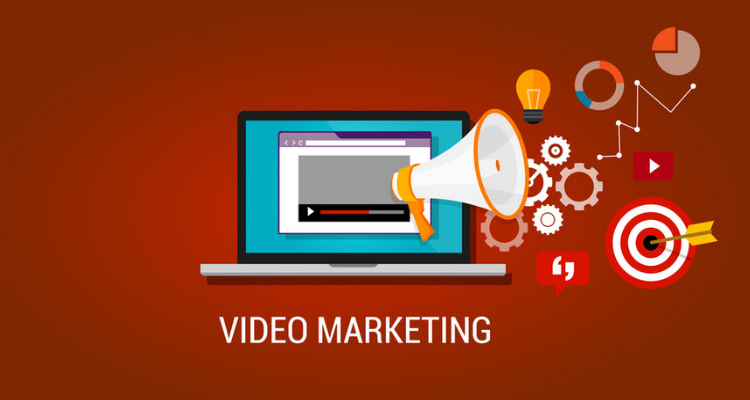 Consumers are often unaware of product placement, of the use of integrated marketing campaigns, and celebrity and media endorsements to ensure a product’s success. These tactics are increasing due to difficulties capturing the attention of Y gen.
Consumers are often unaware of product placement, of the use of integrated marketing campaigns, and celebrity and media endorsements to ensure a product’s success. These tactics are increasing due to difficulties capturing the attention of Y gen.
No matter how much public relations consultants want to believe it – there is no research to support the claim that PR-generated media coverage is worth two or three times more than paid advertising.
In 2005, David Michaelson and Don W. Stacks, professors at the University of Miami, tried to establish whether readers attributed greater credibility to news columns compared to advertisements. They looked at differences in credibility, message recall and interest levels.
In a nutshell, the researchers discovered that there were negligible differences between editorial and advertising. PR-generated media coverage and print advertising enjoyed equal credibility and both marketing mechanisms scored higher on the credibility and interest rating levels than online or radio advertising campaigns.
The professors’ results suggested that there is an enormous benefit to delivering marketing messages through a variety of communication channels. And (good news for PR professionals) with PR-generated media coverage obviously on par with paid advertising, it bolsters the argument for reallocating budgets into the public relations coffers (PR has always operated with considerably less cash than advertising).
There are some experts like Al Ries, author of The Fall of Advertising and The Rise of PR, that believe that most companies shouldn’t waste money on advertising until they have established some level of brand recognition and credibility through PR.
Al Ries states that all the recent brand successes have been due to public relations, not advertising; Red Bull, Starbucks, Harry Potter, The Body Shop, Google, e-Bay. Starbucks spent less than $10 million in advertising its first 10 years. That’s less than $1 million a year; a trivial amount for a national brand.
Some brand managers contend that an integrated approach is the best model; an integrated marketing plan delivers on PR, advertising and promotions. It considers all elements of the marketing mix. When only one element of the marketing mix is used in isolation; the message can be weaker. If you bombard your audience at every possible turn, eventually they will remember what you have been trying to tell them.
According to Advertising Age Magazine, the number one advertisement of the 20th century was produced by Rolls Royce: ‘At 60 miles per hour, the loudest noise in the new Rolls-Royce comes from the electric clock’. David Ogilvy took this catch phrase directly from the first paragraph of a road test in a motoring magazine; he reinforced the ideas already put into the consumers mind via public relations.
This need is increasingly poignant when the elusive Gen Y is marketed to (or at, as the case may be). Traditional marketing seems to have little or no effect on members of Gen Y which is unfortunate because, according to research from Lifelounge Urban Market Research, Gen Y spends $48 billion a year on entertainment, fashion, sport, travel and music.
In our ever increasingly fast paced society, marketers and public relations consultants will continue to bombard the consumer with product placement, celebrity endorsements via any tool plausible. After all, every company wants a slice of the $48 billion pie.
Sally Wood
Latest posts by Sally Wood (see all)
- 6 Free Marketing Plan Templates - July 22, 2018
- The Ultimate Guide to Instagram Advertising - June 23, 2018
- Q&A with Amy Cockerell, Marketing Coordinator at the TAC - October 6, 2016







